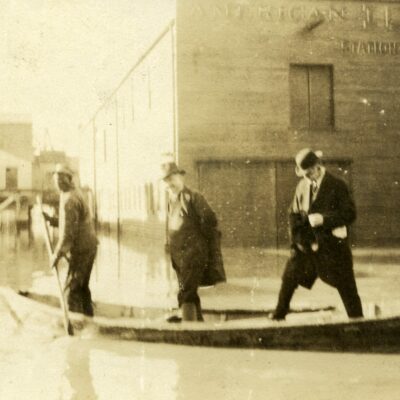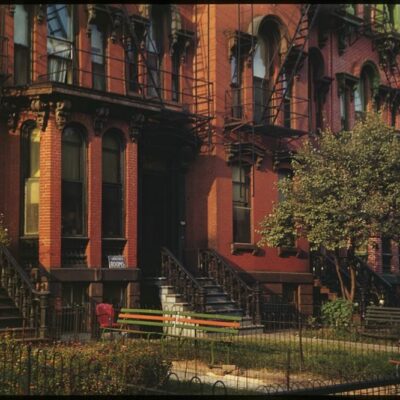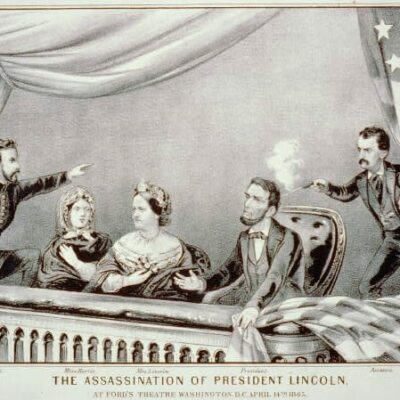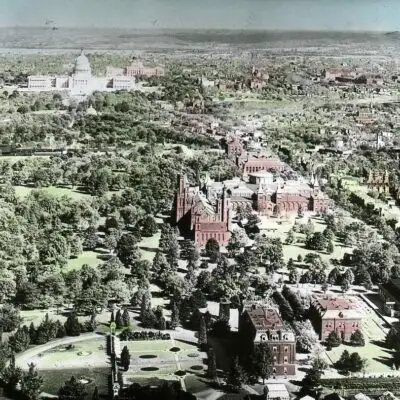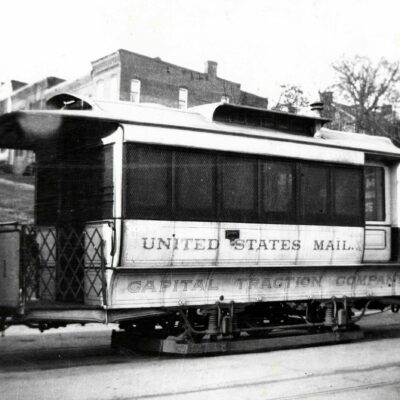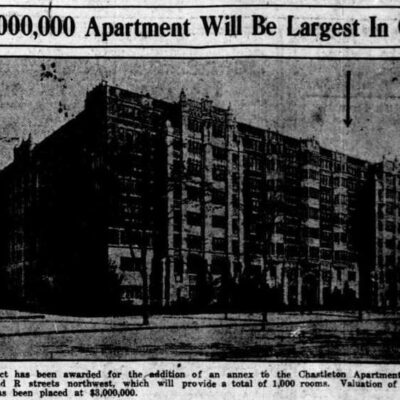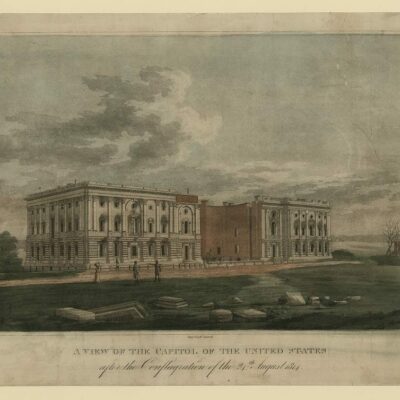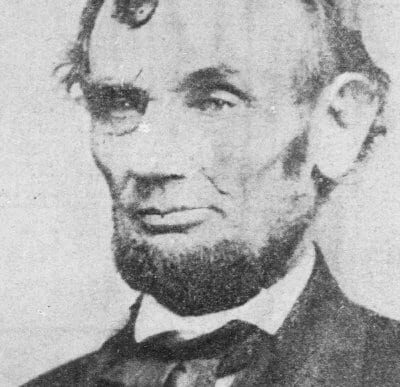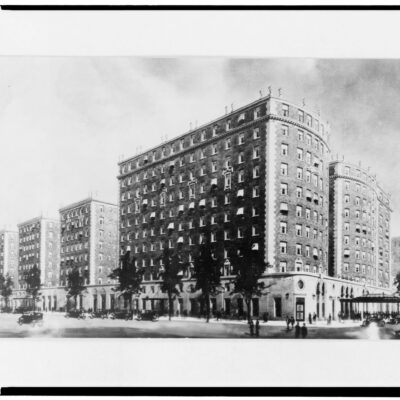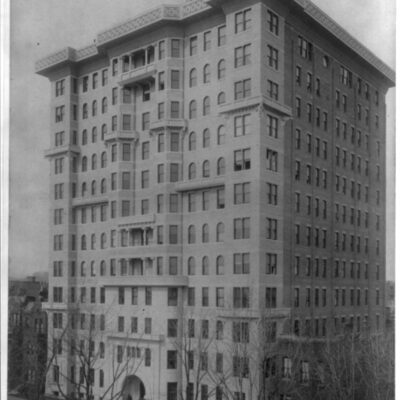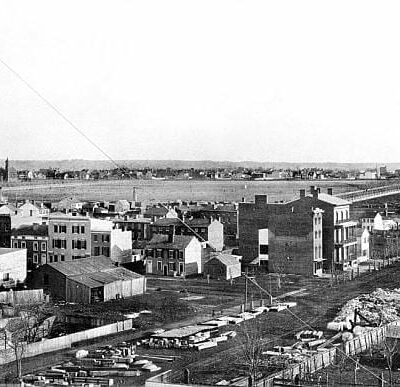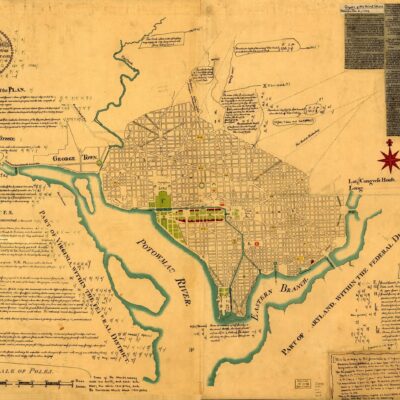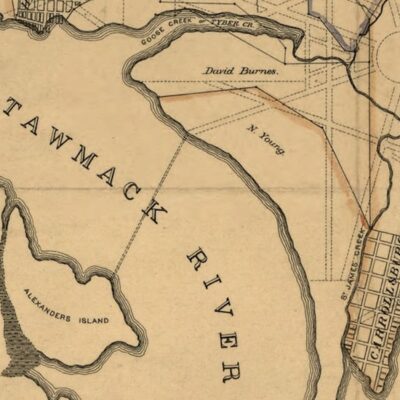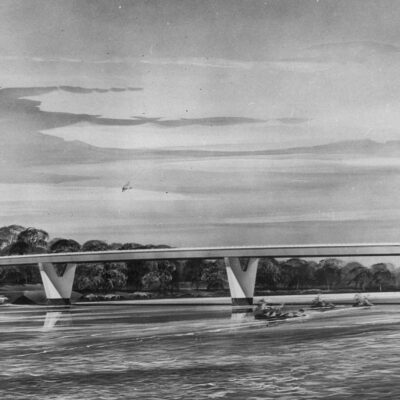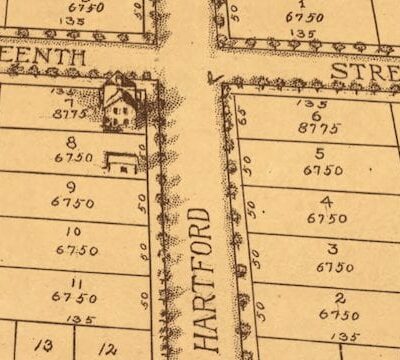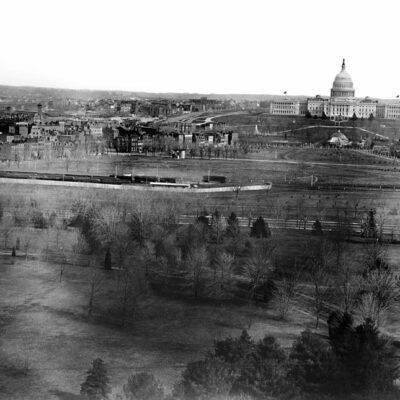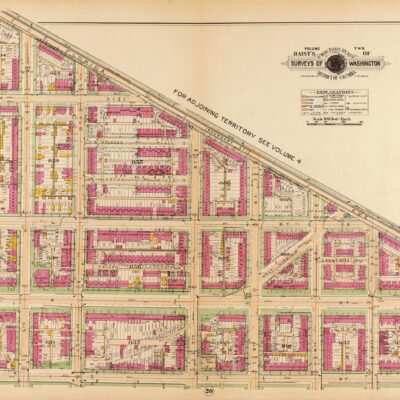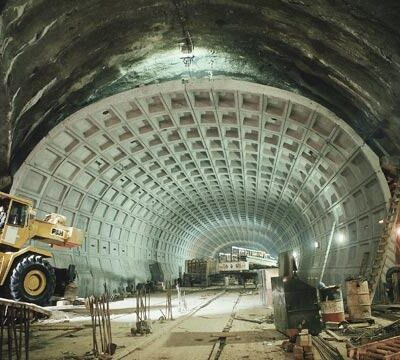Frederic Auguste Bartholdi, famous sculptor of the Statue of Liberty, was having trouble selling his cast-iron “Fountain of Light and Water.” The fountain had stood near the entrance to the 1876 Centennial Exposition in Philadelphia, but the Exposition had come and gone. No one was willing to pay $12,000 for the 15-ton, 30-foot tall combination of iron, gas light and water that Bartholdi felt was appropriate for a modern city.

Enter the Congress, which purchased the fountain in 1877 for $6,000. Frederick Law Olmstead had urged the acquisition, and the fountain joined the vast network of parks, monuments and sculptures that blankets D.C. “The Fountain of Light an Water,” more commonly referred to as Bartholdi Fountain, was placed at the base of Capitol Hill on the original grounds of the U.S. Botanic Gardens.
As one of the first well-lit nighttime attractions in the Capital, Bartholdi Fountain was a popular destination soon after its installation and through the 1880s. Additional lights were added around the basin in 1886. But by the 1890s, complaints were rising that Bartholdi Fountain was hidden away on the grounds of the Botanic Gardens. With more of the city lit at night, Bartholdi Fountain had lost some measure of its appeal. Washington D.C. residents said the Fountain deserved a more prominent location like the junction of Seventh Street and Pennsylvania Avenue.

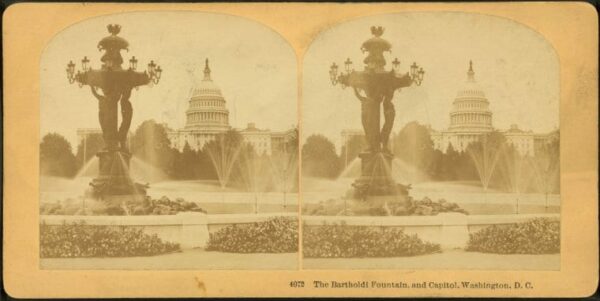
By 1900, city beautification organizations were beginning to form in Washington D.C. Relocation of Bartholdi Fountain was discussed. Though no commission’s plan was fully adopted, the city undertook numerous beautification projects in a ad hoc manner. Bartholdi Fountain’s march toward its current location had begun. Meanwhile, in July 1915, the gas fixtures on the fountain were replaced, and the fountain was completely electrified. For Woodrow Wilson’s second Presidential Inauguration in 1917, the Bartholdi Fountain was one part of what The Washington Post called a “blaze of brilliancy” during Inauguration week.
In 1926, Bartholdi Fountain was dismantled, moved and stored to make way for the George Meade Memorial and landscaping around the Grant Memorial. L’Enfant’s original plan had been for a broad boulevard leading to the Capitol. The Botanic Gardens and Bartholdi Fountain were in the way. The Botanic Gardens was moved to its present location, and in 1932, Bartholdi Fountain was placed in a two-acre park just south of the Botanic Gardens and Independence Avenue. In 1933, a stone cottage for the Botanic Garden’s director was built in the park that contained the fountain. Of course, the stone cottage had its own garden. In 1985, the park was officially named for its fountain, and the lovely Bartholdi Park was born.
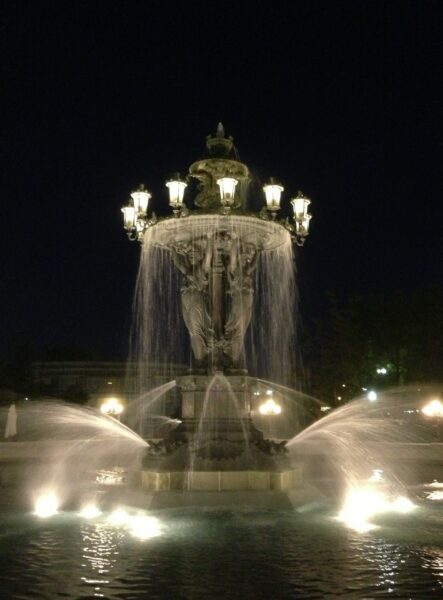
Sources: U.S. Botanical Gardens, Capitol.gov, Wikipedia, The Washington Post
